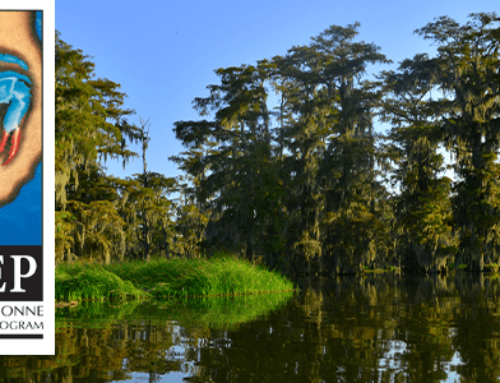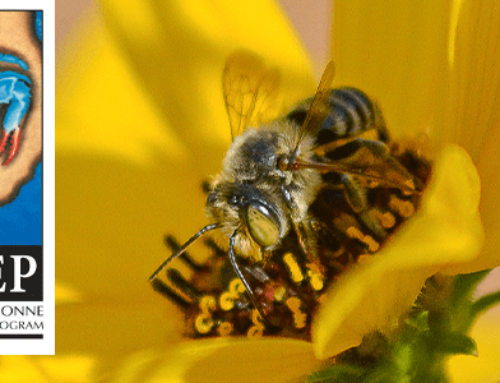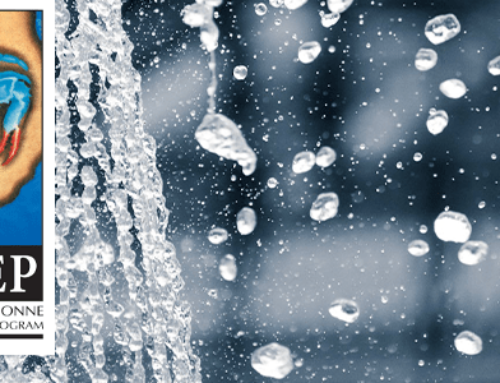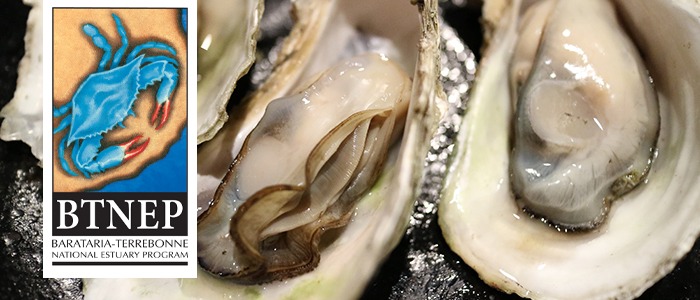
Oysters and Louisiana’s Changing Coast
Written and Narrated by Earl Melancon, Sea Grant Scholar, Louisiana Sea Grant, Louisiana State University and Professor Emeritus, Dept. of Biological Sciences, Nicholls State University; Member, Governor’s Advisory Commission on Coastal Protection, Restoration and Conservation
I am a coastal shellfish biologist that has worked closely within the Louisiana oyster fishery for over 40 years. The oyster fascinates me because of its multiple roles in our estuaries. For example, the oyster is a biological sentinel for defining salty estuarine habitat:
- It’s the only reef-building organism within our estuaries
- It’s a major national economic commodity (Louisiana supplies 35-40% of U.S. consumption)
- It’s a symbol of Louisiana’s cultural diversity and heritage—Native Americans, African Americans, Acadians (Cajuns), Croatians, Canary Islanders (Isleños), Italians and Sicilians, Vietnamese, and more recently Latinos all harvest oysters
- It’s a private property rights issue with approximately 400,000 acres currently under lease from the state, the largest leased acreage in the United States
- Reefs are a hot spot for recreational and charter-for-hire anglers
The changing environmental conditions that oysters are facing:
Salinity
Except for a two-week swimming larval period, the oyster recruits to the bay bottom and becomes immobile, developing reef structures. Natural oyster populations that are always underwater (subtidal) make up most of the Louisiana fishery and natural reefs. Such subtidal reef habitat requires a brackish salinity range of about 5-15 parts per thousand (ppt) for oyster juveniles and adults to have the best chance of survival(1). For larvae survival, the optimal salinity is 8ppt and above. Low salinity can lead to oyster stress and even death, but high salinity (above 15ppt) opens the door to predators such as the oyster drill snail. The oyster drill can devastate an oyster population and render reefs devoid of live oysters.

Oyster drill (snail under arrow) drilling a hole through shell to eventually feed.
Water Temperature
There is an environmental caveat that can modify the narrow salinity range for both oysters and snails — water temperature. Oysters and drills, like every other fish and shellfish in our estuaries, are cold-blooded organisms that can’t adequately regulate body temperature and must rely on external influences to metabolize. In cold-water months, usually December into April, oysters and many other aquatic species, including many wetland plants, are in a low-metabolism state of being. When water temperature rises in the spring to about 70°F, we begin to see coastal animals and plants become more alive and thrive and potentially become more sensitive to low salinity. For the oyster, when water temperature rises above 77°F, there is often a mass spawning event in the spring, which will also occur again in the fall when temperatures decrease. This results in two annual major peak spawning events.
All of this adds up to a species that defines many of the challenges facing coastal restoration. The salinities in Louisiana’s estuaries are always changing, but large volumes of introduced water, such as through the proposed Mid-Barataria Mississippi River Sediment Diversion, raise serious concerns, and even opposition, from fishers and others whose livelihoods depend on the commercial and recreational economic viability of harvestable species. However, fishers know that current estuarine conditions are not static in any given year. The unprecedented high water on the Mississippi River this year has led to a freshening of many productive oyster areas resulting in mass mortalities(5). In contrast, drought years can lead to high salinities lower in the basin that also harm oyster production. It is a delicate balance of fresh and salt water that sustains healthy oyster fisheries. Successful fishers, if they have leases available, will move up and down the basin to harvest oysters depending on the salinity conditions in any given year (see oyster habitat zone map below). Unfortunately, there has been a moratorium on acquiring new leases since 2002, but that may be changing soon with efforts from the state.
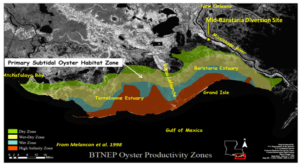
Primary oyster habitat zone within the mid-region of the Barataria and Terrebonne estuaries.(1)
The future without restoration could potentially lead to increasing sea level rise and salinities within the basin that could be detrimental to current oyster lease production. However, the future with restoration projects, like sediment diversions, also have significant and complex concerns and implications.
I have been fortunate to be part of an interdisciplinary group of academic men and women assembled to investigate different Mid-Barataria diversion flow scenarios and discuss how to balance land building with the need to maintain an estuary with salinity for coastal fisheries, wildlife and vegetation. This is our second assemblage as a group. Results of our first assemblage centered on discussions and development of a conceptual model on how a diversion might operate more during the cold winter months with limited openings after, and limited spring operations on the rising limbs of the Mississippi River’s flow stages(4).
Sediment diversions and oysters may be able to co-exist. I am on record some years back stating that oysters and diversions can co-exist. But at that time a large diversion was considered 30,000 cubic feet per second (cfs), and today a large diversion is 2.5x bigger at 75,000 cfs(2). That is why I change from “can” to “may”. Much will depend on operation plan and what months when to divert.
There are many crucial questions yet to answer. For example, “Will the diversion run only during cold water months? ; once the diversion is closed, how long for estuary recovery time to ambient salinities? ; and, will the spring spawn be delayed or lost, and if lost can the fall spawn produce and survive enough to sustain the fishery?” Some questions are being addressed now, while others will take monitoring and slowly testing the diversion to see how the estuary as a whole with multiple species, and oysters in particularly respond.
The Barataria Estuary today is one of the most commercially and recreationally important habitats within the northern Gulf of Mexico for many species, not just oysters(3). Our ongoing efforts are not to give definitive answers on how to operate a river diversion, as that may change annually and over time, but to add information to help the state in conjunction with User Groups within the Barataria Estuary to come to an agreed operation and adaptive management plan that takes all views into account, and to monitor and analyzes the effect of diversion operations on oysters and other fisheries. It is crucial to make operational adjustments to meet multiple objectives of building and sustaining the coast while also sustaining harvestable populations of commercial and recreational species.
Resources
(1) Earl J. Melancon et al. (1998). Oyster Resource Zones of the Barataria and Terrebonne Estuaries of Louisiana. Journal of Shellfish Research 17(4):1143-1148
(2) Supplemental Notice of Intent To Prepare a Draft Environmental Impact Statement (DEIS) for the Proposed Mid-Barataria Sediment Diversion, in Plaquemines Parish, Louisiana. Federal Register /Vol. 82, No. 80/Thursday, April 27, 2017/Notices
(3) Thomas J. Minello et al. (2017). Fisheries Habitat in Estuaries of the U.S. Gulf of Mexico: A comparative assessment of Gulf Estuarine Systems. NOAA Technical Memorandum NMFS-SEFSC-702.
(4) Natalie S. Peyronnin et al. (2017). Optimizing Sediment Diversion Operations: Working Group Recommendations for Integrating Complex Ecological and Social Landscape Interactions. Journal Water 9(368); doi:10.3390/w9060368.
(5) Louisiana Dept. Wildlife and Fisheries presentation to the Louisiana Oyster Task Force, July 30, 2019.


